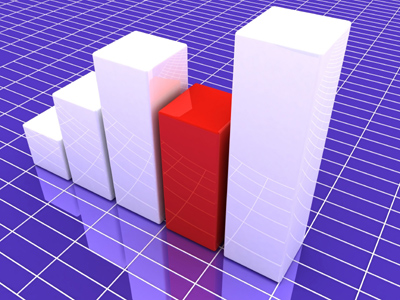
Algebra - Graphs 4
This Math quiz is called 'Algebra - Graphs 4' and it has been written by teachers to help you if you are studying the subject at middle school. Playing educational quizzes is a fabulous way to learn if you are in the 6th, 7th or 8th grade - aged 11 to 14.
It costs only $12.50 per month to play this quiz and over 3,500 others that help you with your school work. You can subscribe on the page at Join Us
When it comes to graphs, you'll need to know an exponent from a coordinate. Fed up of algebra? Sick of graphs? We have some great news for you! This is the last Math quiz in this series on graphs. It tests more complicated aspects of the world of graphs.
Go on, give it a whirl and see how much you have learned so far.
Ready for more?
not all...
quizzers. Try to win a coveted spot on our Hall of Fame Page.







